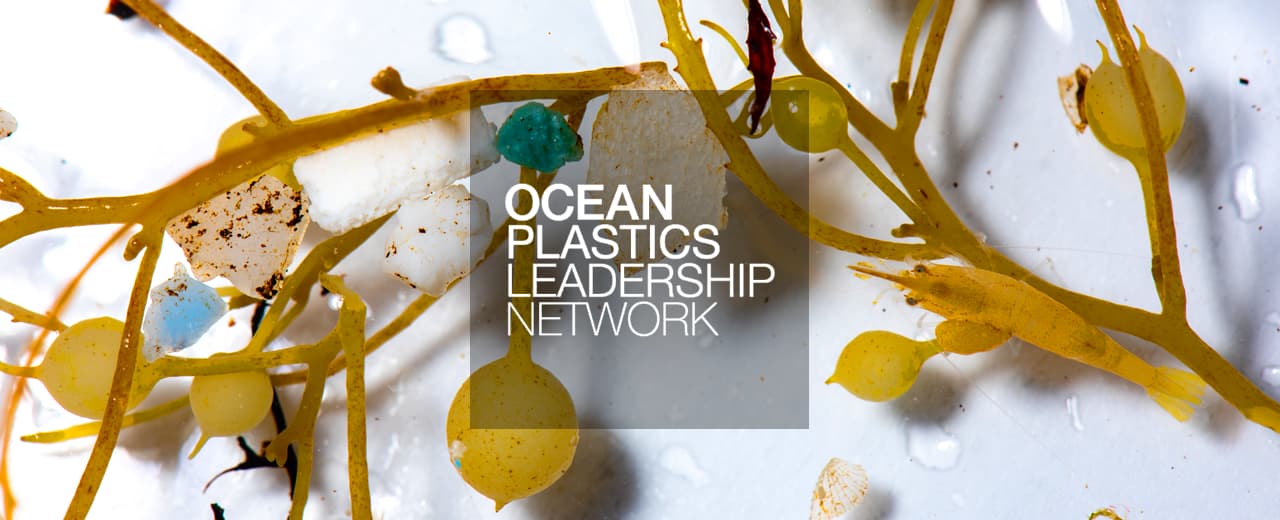Bringing All Sides of the Ocean Crisis to the Table

Ocean Plastics Leadership Network is a diverse group of leaders, organizations and interests, coming together with one common goal: end the flow of plastics into our oceans. It began with a boat trip — 165 passengers on a four-day trip to visit the giant Atlantic plastic patch. The guests included stakeholders from all aspects of the ocean plastics problem, from the corporations that make single-use plastic products to representatives of the plastic pickers in India, as well as activists, analysts, scientists, and impact investors.
The idea was to create a shared, lived experience, and get to know all sides of the issue. And it worked: The guy from Greenpeace shared a cabin with the rep from bottled-water giant Nestlé Waters. The genius inventing chemical recycling processes broke bread with the scientist leading the 5 Gyres Institute. Tom was brought in, along with experts from IDEO and HATCH on collaboration processes, to advise on technology for collective intelligence. To complement the professional photographers from the media, Tom got to shoot the trip from an underwater perspective.
Why would anyone want to see what happens under the water in the two mile deep ocean off the coast of Bermuda? Because the destination of this journey was a giant floating patch of plastic garbage, one of the planet’s five “gyres’’ of floating debris. In this case, the garbage was mixed in with gorgeous patches of sargassum, a golden seaweed that floats in the open ocean and offers habitat for the growing juveniles of many species. Conference attendees were invited to swim in the sargassum and discover, first hand, the plastic muck that floats in and around it.



It was fun— but most importantly, it was the birth of a new sort of virtual community. The usual working groups and breakout meetings actually led to some practical proposals, such as a shared IP factory for Green Chemistry and programs to bring zero plastic waste practices to the communities in the global south who lack basic waste disposal systems. Attendees took these ideas and others back to their organizations to get commitments. Today, there is a thriving multi-stakeholder virtual community of over 70 organizations working together.
The next step is to bring this movement to the world stage, to foster a global treaty on ocean plastics analogous to the Paris climate change agreement. The OPLN is actively working on the initial stages of this treaty process, bringing together organizations from activists to industry representatives, in an effort to change the course of this trend and begin to make real efforts towards an end to ocean plastics pollution.
See also:
Great articles on the summit that appeared in Outside Magazine and Forbes.